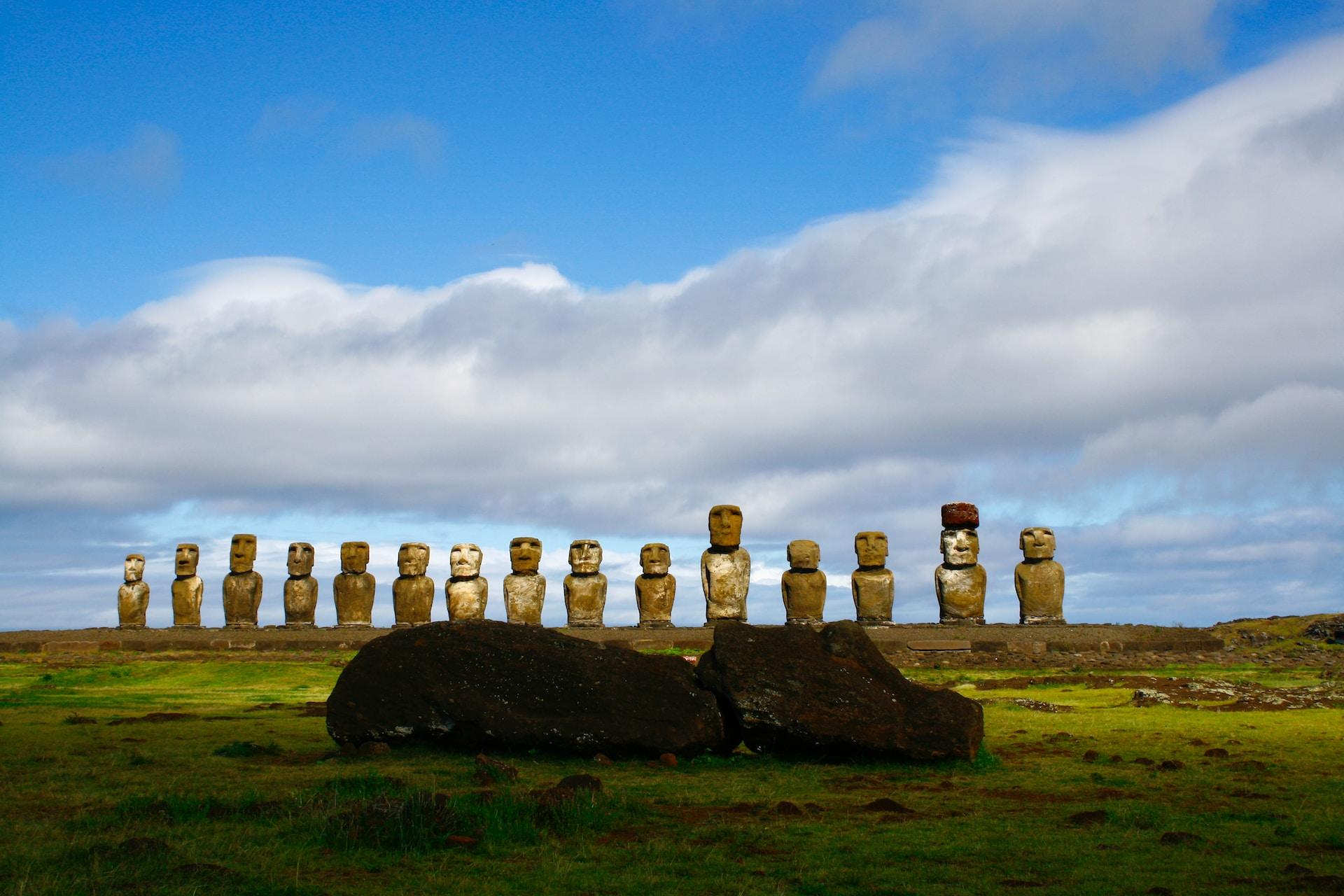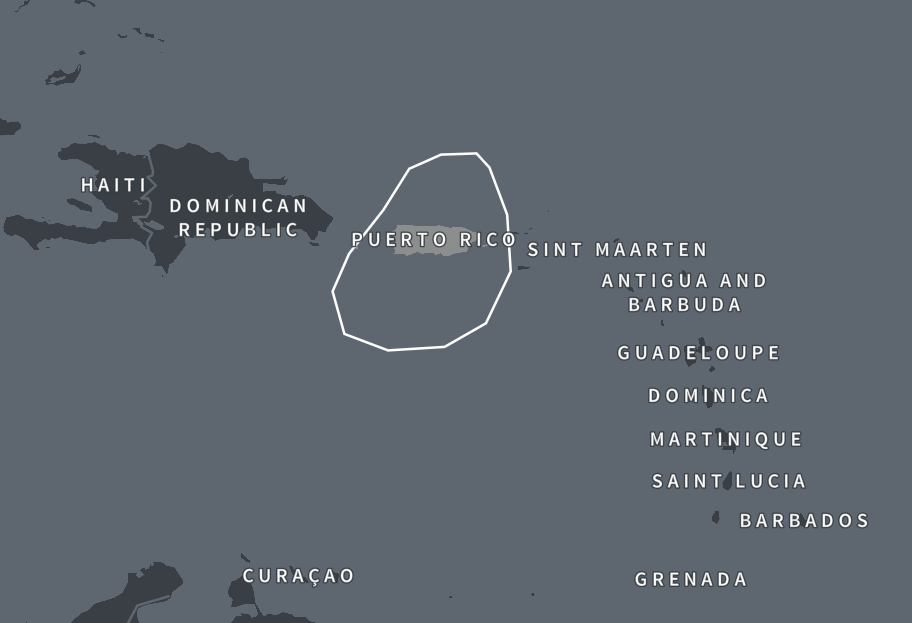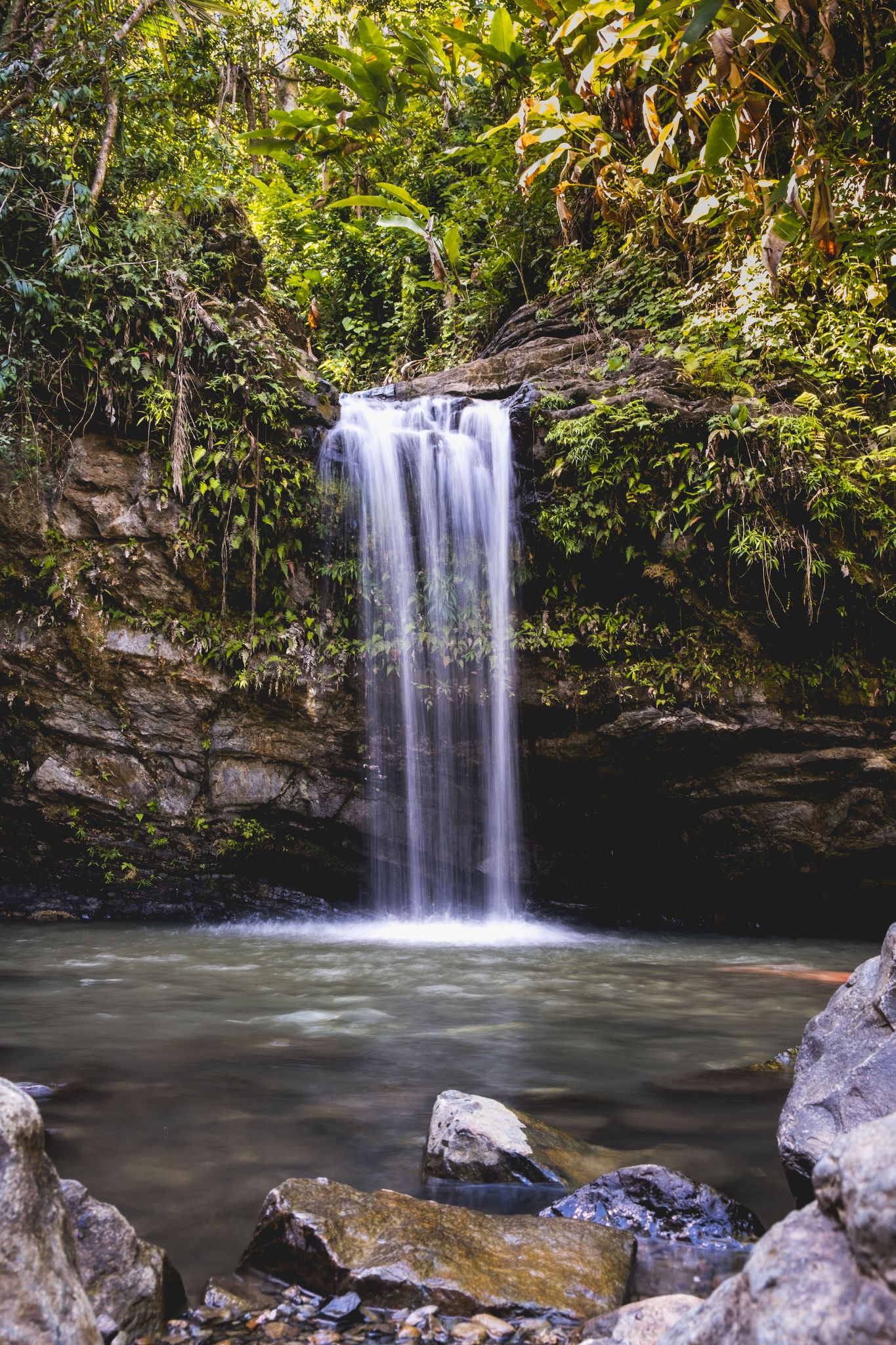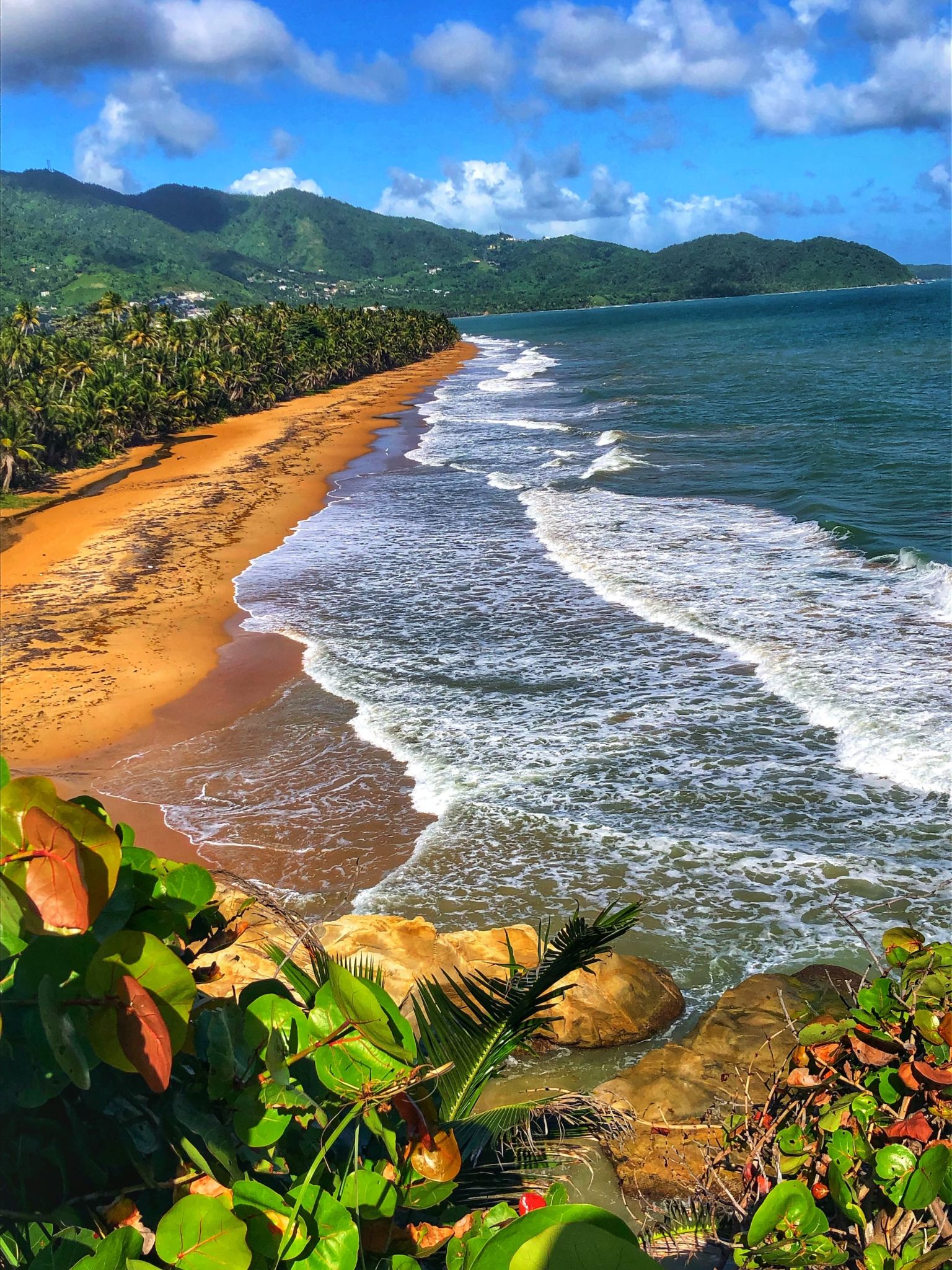What is Indigenous Americas-Puerto Rico DNA Ethnicity on Ancestry?
In this article we will be looking more closely at the Indigenous Americas Puerto Rico DNA region. We will look at where it is and who the indigenous people of that region were. So to find out more about your DNA ancestors of this region read on.
History of Humans in the Americas
The Land Bridge
Although there is no exact date for when humans first arrived in the Americas there are several prevailing theories. The most common one of course being the land bridge theory. During the last ice age between 19,000 – 8700 BC, sea levels were 100 feet below the modern-day levels. This was due to vast quantities of water being frozen in glacier form.
During that last ice age, the Bering sea as we know it today was actually a land bridge reaching all the way to Siberia. It is thought that around 14,000 years ago stone age hunters and gatherers followed game across this land bridge and became the first humans to settle within the Americas.
It is also believed that gradually these settlers then headed deeper into the Americas, traveling south in small groups. Due to the ongoing effects of the ice age these groups remained small because conditions were not conducive with large settlements or nomadic tribes.
Today's Indigenous peoples likely descend from a now-vanished ancient group known as the Paleo-Siberians. In DNA testing Indigenous Americas DNA has little in common with modern-day Siberians but in 2019 a 10,000 year old skeleton found in Siberia did show notable similarities to modern-day Native peoples in the Americas.
Traveling by Sea
There exist several theories whereby early indigenous people of the Americas may have interacted and bred with oceanic explorers prior to the arrival of Columbus. In DNA tests taken of inhabitants of Rapa Nui (Easter Island), these people showed small sections of Native American DNA.

Easter Island is over 2000 miles away from the closest contact with the Americas which would be the coast of Chile. The DNA suggests that these Easter Islanders had a Native American Ancestor from around 1280 – 1495 A.D. It is therefore likely these seafaring Polynesians made the trip to the Americas and some may have stayed.
Recent archaeological evidence also indicates that Vikings were present in the United States around the 11th century A.D. It is reasonable to assume there would be a possibility that some may have settled and assimilated into local tribes.
Indigenous Americas Puerto Rico DNA Region
The small island of Puerto Rico is the home of the Indigenous Americas Puerto Rico DNA region. This is a small region that includes the main island of the nation as well as some of the smaller outlying islands such as Isabel Segunda.

Indigenous Puerto Rico History
The island of Puerto Rico has been vastly understudied with regards to its archaeological history which means very little is known of its earliest inhabitants. Not much has been left behind in the ground by the earliest groups.
In terms of indigenous peoples in Puerto Rico we only really start to have an idea from the second wave of mainland migration of the Caribbean in the form of the Ortoiroid people. These were settlers who left the mainland around 2,000 BC and spread out through the Islands of the Caribbean including Puerto Rico.

It is uncertain where in South America the Ortoiroid peoples may have come from but it is clear that they were a coastal people who not only fished for survival but also hunted. They would ultimately be driven from the island by the Saladoid peoples between 430 – 250 BC.
It is thought the Saladoid culture may have originated around the Orinoco River in the region of South America where related peoples still live today.
The next group to arrive were the Igneri tribe around 120 – 400 AD followed by Taino culture who had been in the Caribbean for thousands of years but only started to make inroads in Puerto Rico in 7th – 11th centuries.
The Taino would become the dominant group on the island, likely absorbing the previous groups in the process building up the unique DNA of the region.
Spanish Arrival
In the space of a few years in the late 1490s Christopher Columbus brought Spanish settlements to almost all of the Caribbean islands and Puerto Rico was certainly no exception. Columbus arrived on the island in November of 1493 and would encounter the Taino as he had already done on other Islands of the Caribbean at the time.
Settlement of Puerto Rico was not as immediate as with some islands but by the start of the 16th century the Spanish were starting settlements and forcing the indigenous population into slave labor. The Spanish concept of the encomienda system gave them authority to use non-Christian indigenous peoples as free labor.
How Did You Inherit Indigenous Americas Puerto Rico DNA?
It is important to note that due to the small number of original humans that likely crossed the land bridge and thousands of years of isolation, Indigenous DNA is very distinct. Over thousands of years it has changed enough however to pinpoint populations with common DNA such as the Indigenous Americas Puerto Rico region.
As mentioned many individuals from South and Central America may have some Indigenous DNA based on intermarriage between early Spanish settlers and the local native groups such as the Tiano, Ortoiroid and Igneri peoples.

Depending on how high your percentage of Indigenous Americas Puerto Rico Republic DNA is, its origins can vary. If you have a high percentage you may have a recent ancestor who was almost 100% Indigenous. Often if this is the case you would likely have some idea of who this was.
In the case of lower percentages of Native DNA, it might be an indication of a more distant unknown indigenous ancestor. In order to discover this connection, you may have to do some deep research to try and pinpoint at what point that DNA entered your family tree.
Final Thoughts
Like most Caribbean islands Puerto Rico likely had a long history of human habitation but little has been left in the archaeological record to reflect this. There are a few known groups who have lived on the island since at least 2,000 BC and there have been a few displacements as new mainland groups arrived and took over.
The DNA of the modern day indigenous peoples of Puerto Rico is likely a combination of some if not all of the groups named in this article as well as some we do not even know were in the area. Those who have the indigenous DNA from the Puerto Rico region likely had an ancestor born on that island at some point in history.
Link To or Reference This Page
We spent a lot of time downloading, cleaning, merging, and formatting the data that is shown on the site.
If you found the data or information on this page useful in your research, please use the tool below to properly cite or reference Name Census as the source. We appreciate your support!
-
<a href="https://namecensus.com/blog/what-is-indigenous-americas-puerto-rico-dna-ethnicity-on-ancestry/">What is Indigenous Americas-Puerto Rico DNA Ethnicity on Ancestry?</a>
-
"What is Indigenous Americas-Puerto Rico DNA Ethnicity on Ancestry?". NameCensus.com. Accessed on May 10, 2024. https://namecensus.com/blog/what-is-indigenous-americas-puerto-rico-dna-ethnicity-on-ancestry/.
-
"What is Indigenous Americas-Puerto Rico DNA Ethnicity on Ancestry?". NameCensus.com, https://namecensus.com/blog/what-is-indigenous-americas-puerto-rico-dna-ethnicity-on-ancestry/. Accessed 10 May, 2024
-
What is Indigenous Americas-Puerto Rico DNA Ethnicity on Ancestry?. NameCensus.com. Retrieved from https://namecensus.com/blog/what-is-indigenous-americas-puerto-rico-dna-ethnicity-on-ancestry/.
